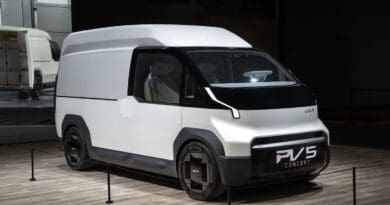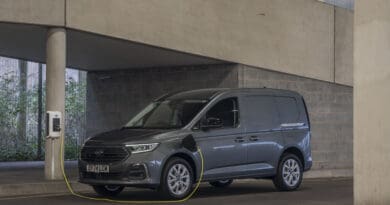
Amazon now has over 1,000 Rivian electric vans making deliveries in US
Amazon has announced it is deploying an increasing number of Rivian electric vans in over 100 US cities this holiday season.
Since first rolling out in July, Amazon’s zero-emissions vehicles from Rivian have delivered more than 5 million packages to customers in the United States.
The online retail giant said that hundreds of the vehicles rolled out this summer in more than a dozen cities, including Baltimore, Chicago, Dallas, Nashville, San Diego and Seattle. Since then, Amazon has expanded its fleet and now has more than 1,000 electric delivery vehicles (EDVs) making deliveries in more than 100 cities across the US.
In 2019, Amazon ordered 100,000 electric vans from Rivian and set a goal to have them delivered by 2030. There was also a target to have 10,000 vans delivered by the end of 2022, but with Amazon operating more than 1,000 vehicles as of November 2022, that goal looks hard to hit.
Udit Madan, vice president of Amazon Transportation has said: “We’re always excited for the holiday season, but making deliveries to customers across the country with our new zero-emission vehicles for the first time makes this year unique. We’ve already delivered over 5 million packages with our vehicles produced by Rivian, and this is still just the beginning—that figure will grow exponentially as we continue to make progress toward our 100,000-vehicle goal.”
Amazon says its delivery drivers are sharing positive feedback about the vehicles, with favorite features including the spacious cabin and cargo area, superior visibility with the large windshield, automatic emergency braking, 360-degree cameras, and ventilated seats for fast heating and cooling.
In addition to the ongoing electrification of its North American fleet, the company recently announced plans to invest more than €1 billion ($1 billion) over the next five years to further electrify and decarbonize its transportation network across Europe. The investment is also intended to drive innovation across the industry and encourage more public charging infrastructure.





